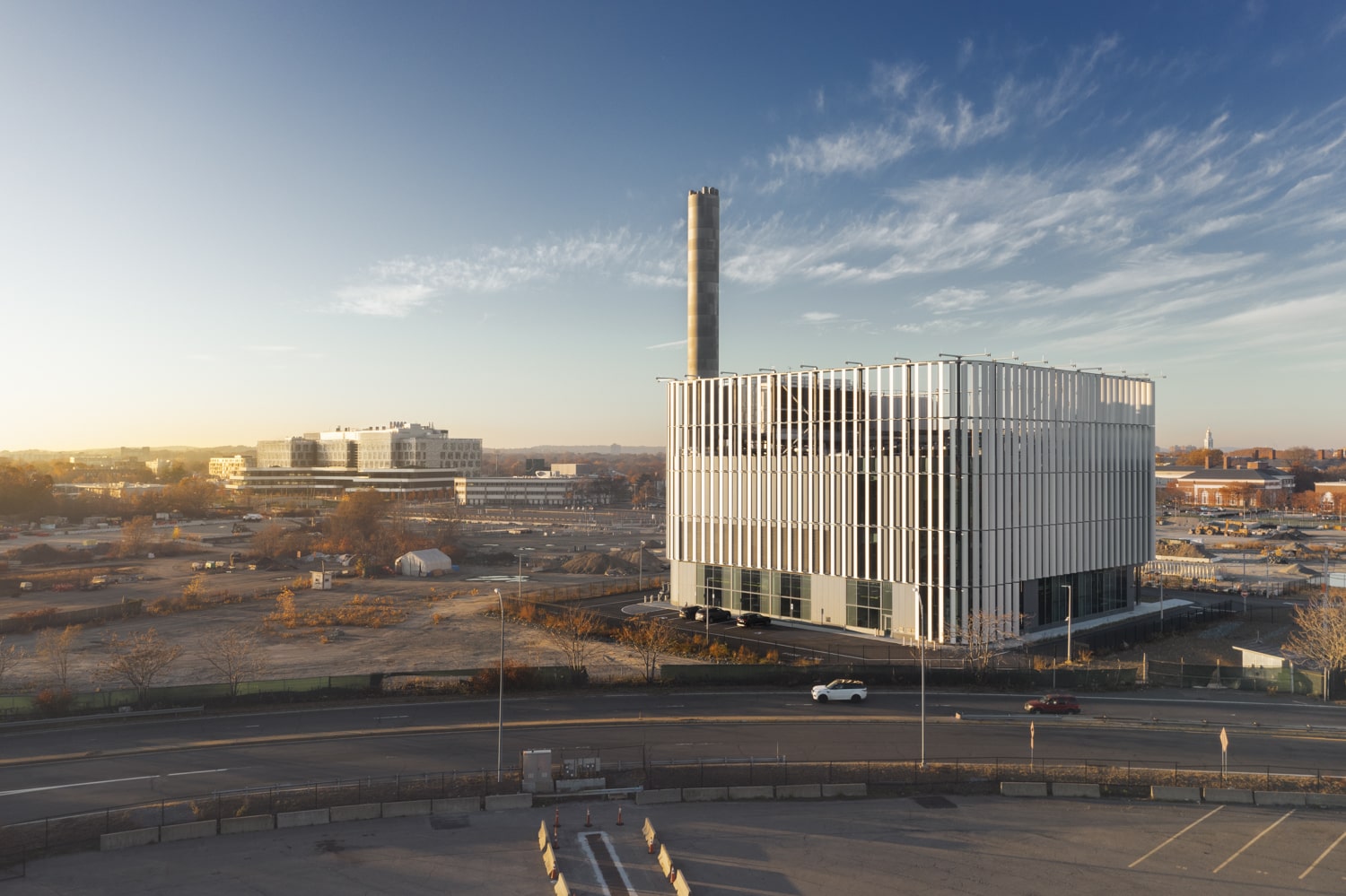Landfill gas is a valuable resource generated through the decomposition of organic materials in municipal solid waste and commercial/industrial waste within landfills. If left uncontrolled, this gas, which contains methane—a potent greenhouse gas—can escape into the atmosphere, contributing to climate change. However, by implementing proper management techniques, landfill gas can be harnessed as a renewable energy source, leading to a win-win situation.
Effective Collection System for Landfill Gas
To prevent the release of landfill gas into the atmosphere, a well-designed gas collection system is crucial. This system involves strategically placing perforated tubes within the landfill and connecting them through a pipework network. By utilizing a blower, the gas is drawn out from the landfill. An efficient gas collection system can capture gas from multiple locations within the landfill while considering factors such as high temperatures, leachate, condensates, and air content. This approach ensures cost-effective collection and maintains a consistent quality of landfill gas. Numerous engineering companies specialize in this field, offering their services globally.
Factors Influencing Landfill Gas Composition and Production Rates
The composition and production rates of landfill gas depend on the waste deposited in the landfill and the local atmospheric conditions. Municipal solid waste typically contains a significant amount of organic carbon, approximately 150-250 kg per tonne, which is converted into landfill gas through anaerobic processes facilitated by microorganisms.
Several factors influence gas formation, including waste composition, landfill storage conditions (height and density), air temperature, atmospheric pressure, and precipitation levels. Landfill gas production begins shortly after waste deposition and can continue for 15-25 years. Additional waste disposal during this period helps compensate for the decreasing gas volume. With a calorific value ranging from 3.5 to 5.5 kWh Nm3 (35-55% methane content), landfill gas serves as a valuable fuel for gas engines, efficiently generating power.
Harnessing Landfill Gas for Electricity Generation
Remarkably, 1 million tonnes of municipal solid waste can produce 1.7-2.5 million m3 of collectable methane, which is sufficient to fuel a gas engine with a capacity of 850-1,250 kilowatts electrical (kWe). This leads to the production of 6,500 to 10,000 megawatt-hours (MWh) of electricity per year. Such an output is equivalent to the average power demand of 1,500-2,200 European Union households.
Jenbacher Landfill Gas Engines: Efficient and Resilient
Jenbacher landfill gas engines are specifically designed to operate at full load, ensuring high efficiency and availability even when dealing with low heating value and fluctuating gas quality and pressure. These engines are equipped with high-quality, specially designed parts that can withstand the impurities commonly found in landfill gas. Prior to utilization by the engines, the gas needs to be dried and compressed. Additionally, severe contaminants such as siloxanes should be removed using activated carbon or other appropriate technologies. These measures not only enhance generator availability but also reduce operational costs.
Meeting Emission Standards and Ensuring Comprehensive Management
Due to their proximity to urban areas, landfills are subject to increasingly stringent emission standards in many countries. Complying with these regulations necessitates comprehensive management of the entire system, from the condition of the fuel gas to the installation of exhaust treatment services, if necessary. At Ganymede, we are committed to providing more than just gas engines; we offer ancillary equipment and comprehensive support for an integrated solution, covering everything from the gas flange to the grid connection.









